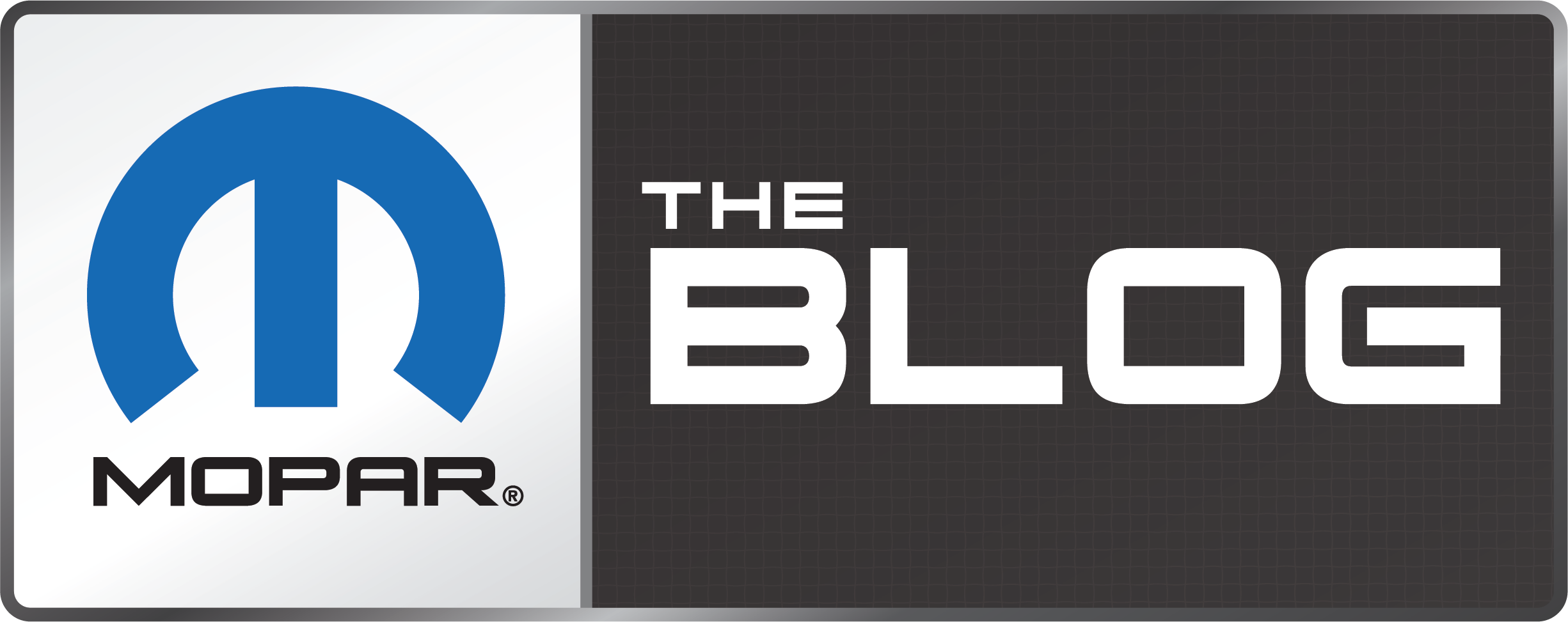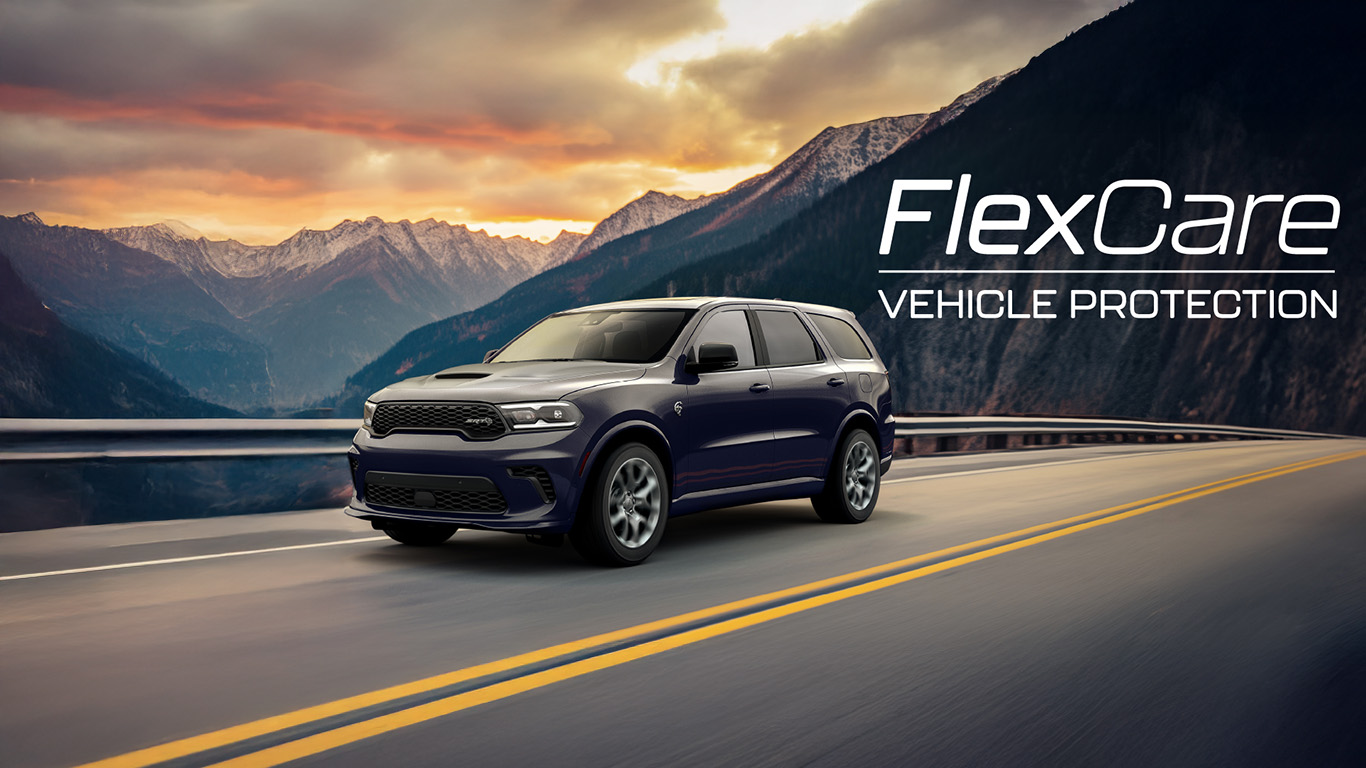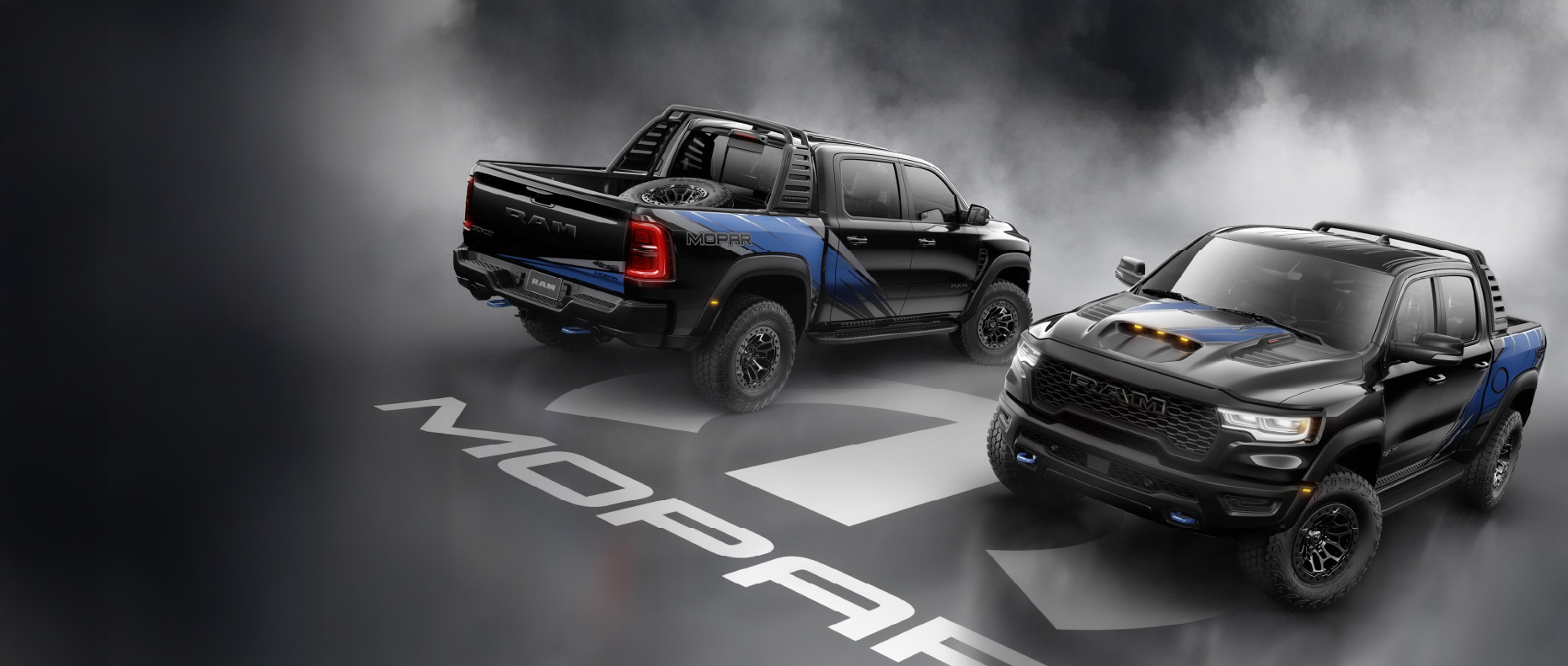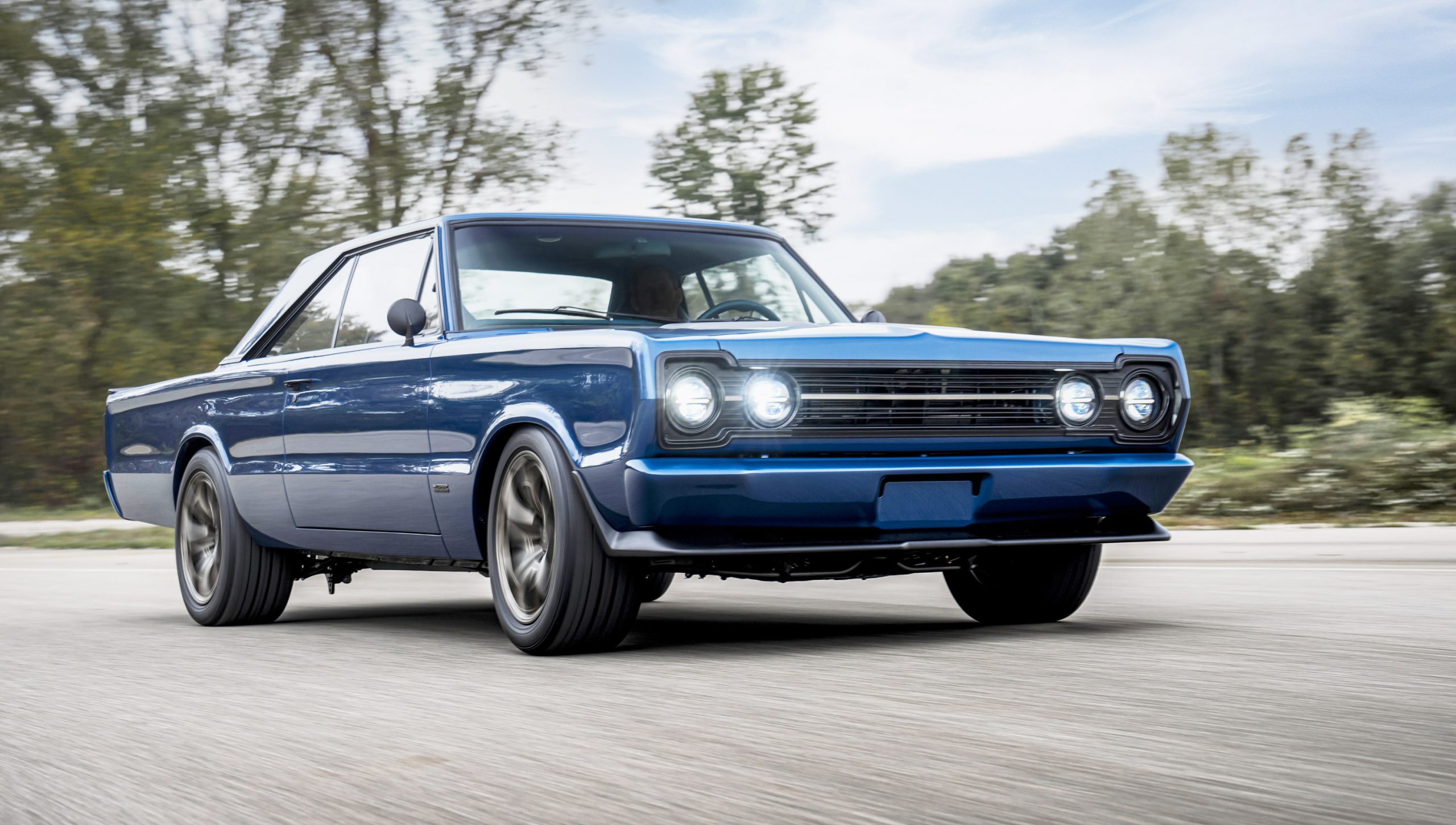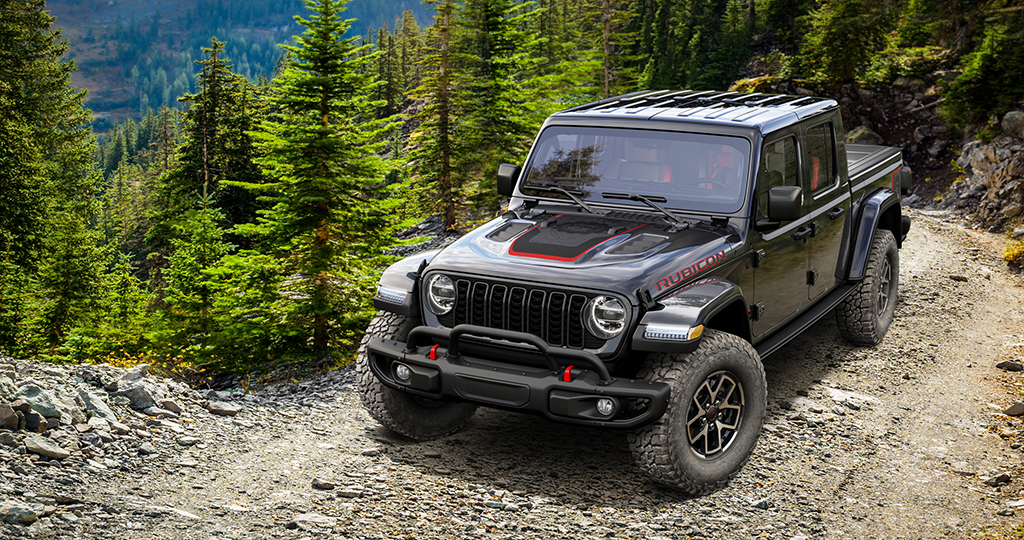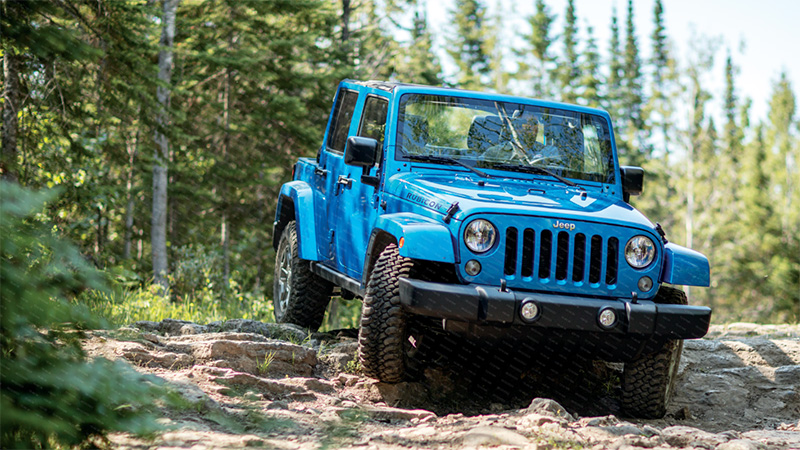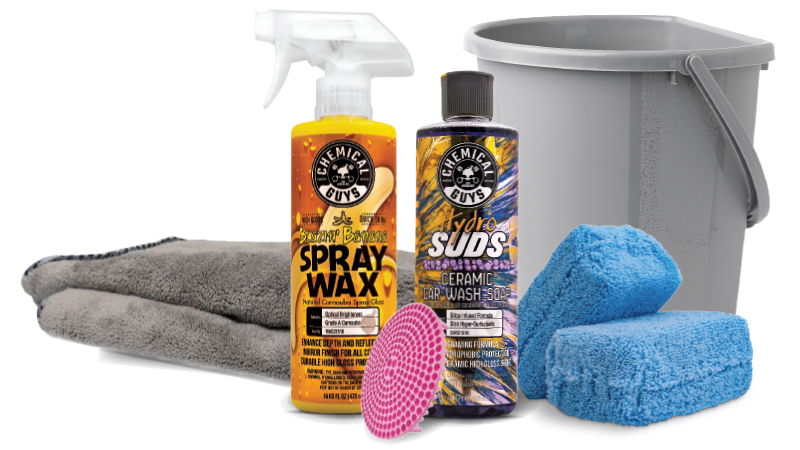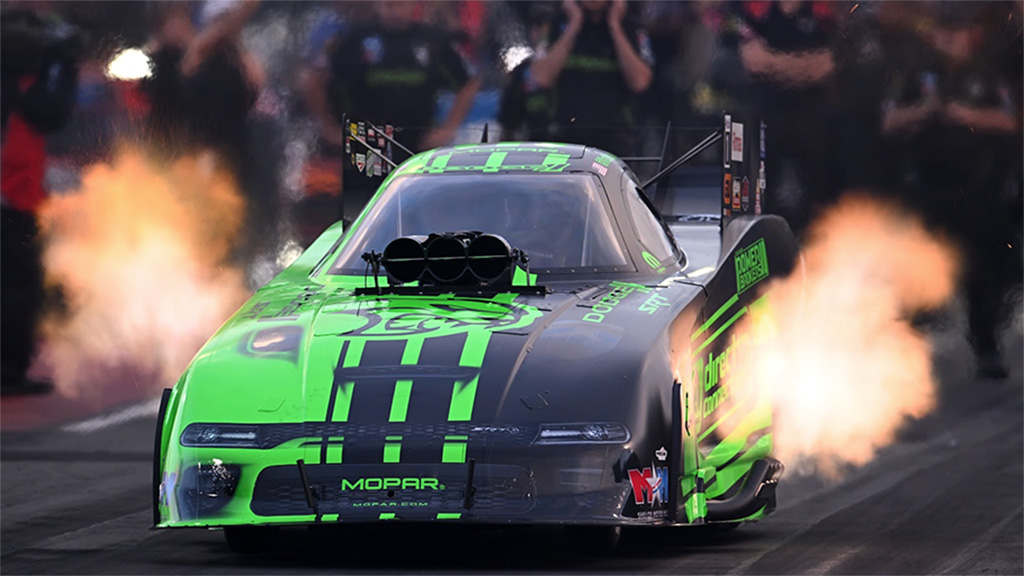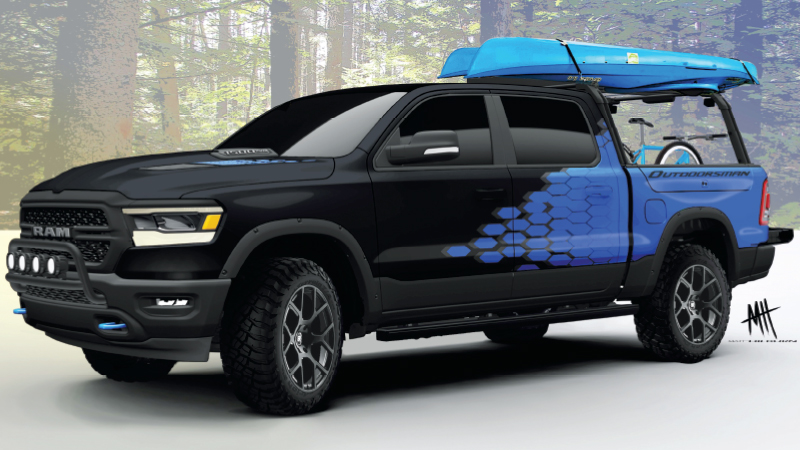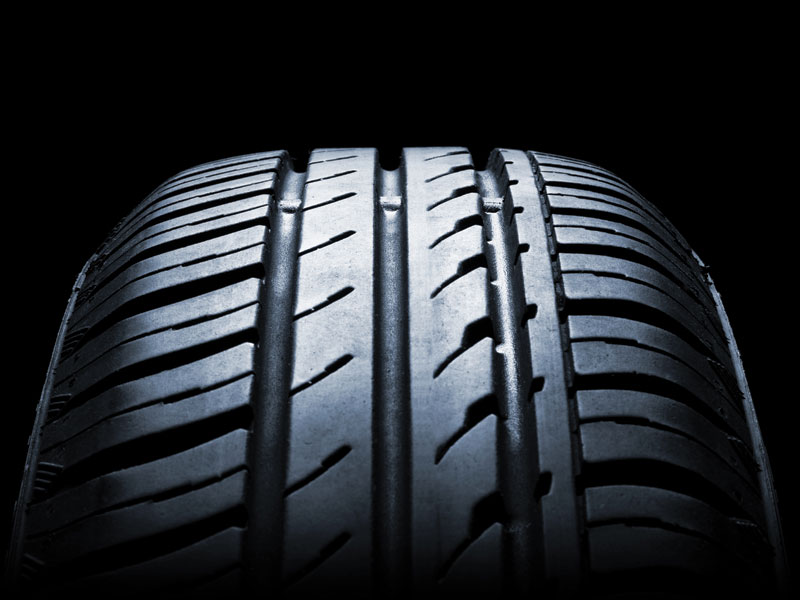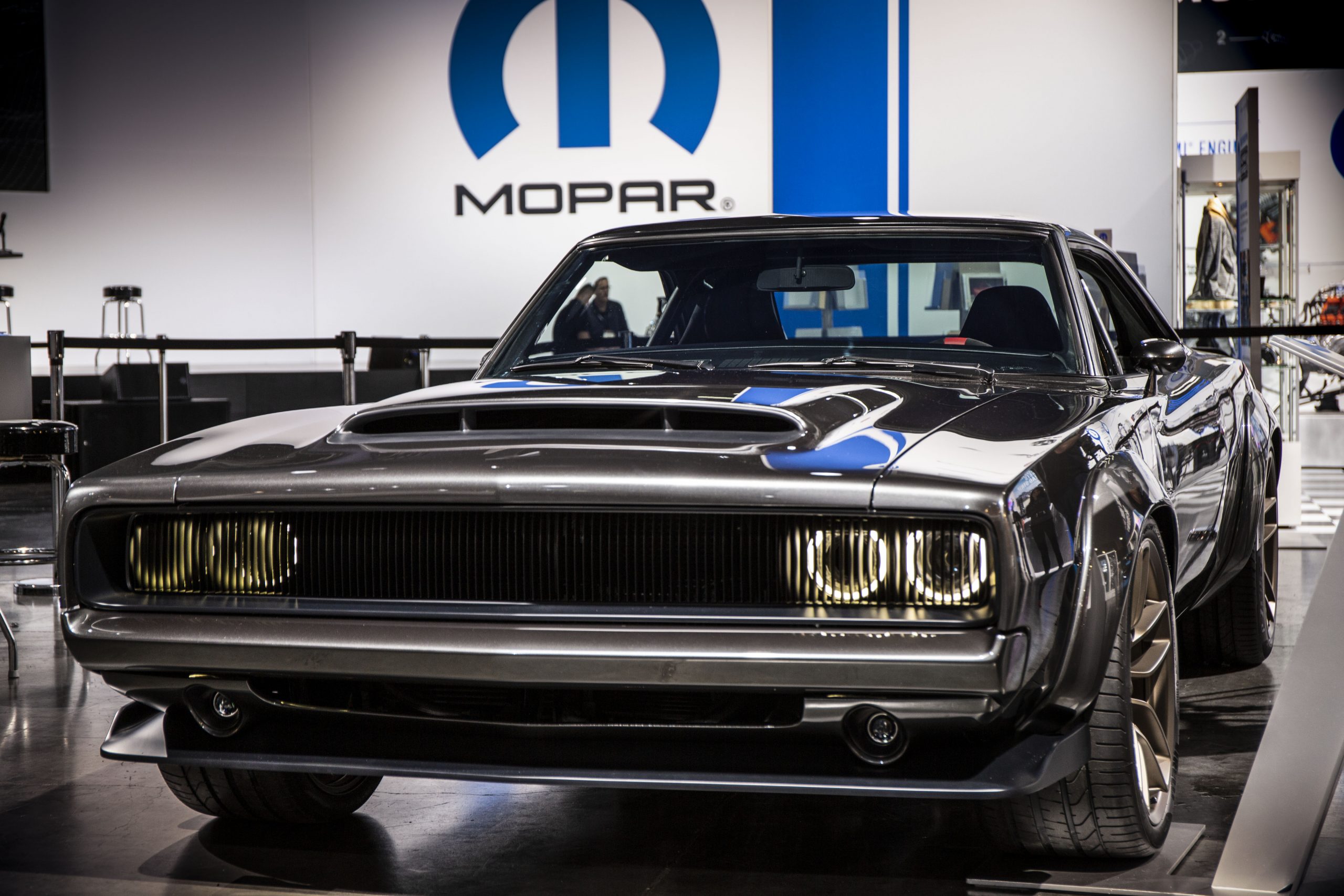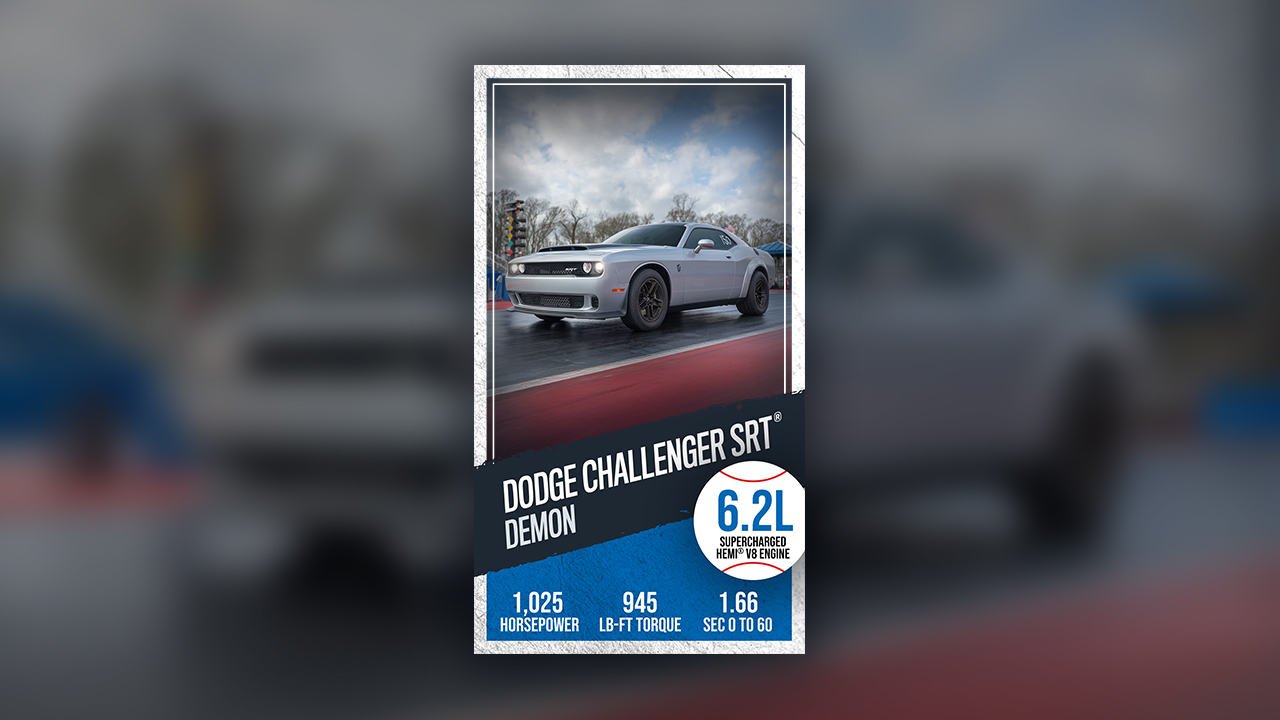Proper tire maintenance is critical for optimizing tire wear and life. But, it’s not always easy to know when a tire (or tires) need replacing. Most tires are designed and engineered for specific vehicles. Proper tires provide the best overall performance for normal operation. In addition, ride and handling characteristics will match the requirements of the vehicle when the right tires are used. With proper care, the tires on any given vehicle will give excellent reliability, traction, skid resistance, braking and tread life for quite a while.
Identifying Tires
Tires are identified by size and performance characteristics. Refer to Figure 1. The type, size aspect ratio and speed rating are encoded in the letters and numbers imprinted on the side wall of the tire. See tire size shown in figure: P205 / 75R16.
The first letter, P, indicates the tire is a passenger car tire. The Ram pickups will have LT, indicating it is a light truck tire. The next characters, 205, are the section width in millimeters. Section widths have been increasing over the last 10 years and widths up to 265 are not uncommon. Performance tires will have a speed rating letter after the section width. These letters are Q, S, T, U, H, V, W and Z. The rating is the maximum speed at which the tire can be driven. Q is the lowest at 99 mph and Z is the highest at 149+ mph.
The next characters, 75, is the aspect ratio (section height divided by section width). As low profile tires become more popular (decrease in section height), aspect ratios of 50 and 40 are seen more often. The next character, R, represents the construction type. R means radial. The vast majority of tires are of radial construction. The last characters, 15, indicate the rim diameter. This is one design parameter that has increased significantly over the last decade. 18-, 19- and 20-inch tires seem to be more the rule than the exception. Finally, all season tires will have either M +S, M AND S, or M-S, indicating mud and snow traction, imprinted on the side wall.
Another useful piece of information imprinted on the sidewall of the tire is the Uniform Tire Quality Grade (UTQG) Standards. These standards were developed to provide consumers with information on relative treadwear, traction and temperature capabilities when buying replacement tires.
The treadwear is a comparative number based on a test tire. The higher the number, the more treadwear that can be expected compared to the test tire. A rating of 100 indicates the tire tread will last as long as the tread on the test tire. 300 indicates that the tread will last three times as long. High-mileage tires have treadwear numbers in the 700 range, while performance tires, which will not last as long, are in the 300 range.
The traction grade is a letter based on a test tire’s straight line wet coefficient of traction as the tire skids across a specified test surface. In other words, it’s a rating of traction on wet roads. This rating does not indicate dry braking, dry cornering, wet cornering or high-speed hydroplaning resistance capabilities. The highest rating is AA; the lowest is C. The temperature grade indicates how much heat is generated and dissipated by the tire. In other words, it’s the rating of the ability of the tire to handle heat at speed. If the tire cannot dissipate heat effectively, or if it cannot handle the effects of heat buildup, its ability to run at high speeds is drastically reduced. There are three grades: A, B and C. An A rating, the best, indicates that a tire can run at over 115 mph; B between 100 and 115 mph; C between 85 and 100 mph. All tires sold in the United States must earn a rating of C.
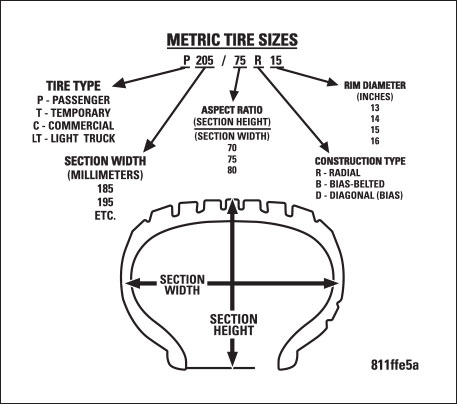
Tire Maintenance
In order to maximize tire life and minimize tread wear, proper tire maintenance is crucial. The best way to maintain any tire properly is to keep it inflated to the correct pressure. The specified tire pressure has been determined to provide safe operation, vehicle stability and a smooth ride. The tire pressure specification can be found on the Tire and Loading Information Label. This label can be found the driver’s door opening (B-pillar), or the rear face of the door.
A good practice is to check air pressure once a month, or more often if the outdoor temperature varies widely. The tire pressure spec is for cold tires and the pressure should be checked when the tires are cold (the vehicle has not been driven for at least three hours). Remember, tire pressure increases with tire temperature. This increase is between 2 and 6 psi.
Improper tire inflation can cause (1) uneven wear, (2) reduced tread life, (3) reduced fuel economy and (4) poor ride quality. Also, tires that are over- or underinflated can affect vehicle handling.
Underinflation causes rapid wear, as indicated in the areas marked (1) shown in Figure 2. The tire will flex, which can lead to tire failure. Overinflation causes rapid center wear, as indicated in the area marked (1) in Figure 3. This condition reduces the ability of the tire to cushion shocks (the tire is hard). Wheel alignment also affects tire life and wear. Excessive camber causes the tire to run at an angle to the road. One side of the tread is then worn more than the other side. Excessive toe-in or toe-out causes wear on the tread edges and a feathered effect across the tread. Wheel alignment should be checked at least once a year.
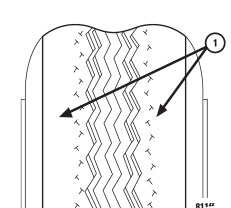
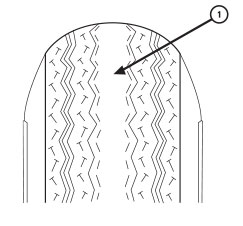
Tire Replacement
The most common reason for replacing tires is excessive wear. In other words, the tire has exceeded its service life. Wear indicators are molded into the bottom tread grooves. When the tire depth is 1/16”, the wear indicators will appear. When two or more indicators appear, replace the tire. Replacement is also necessary if a sidewall is damaged (the tire hits a curb), or if it suffers a severe puncture that cannot be repaired.
Selecting the correct tire is important. Tires equivalent to the original equipment tires should be selected. Tires that are smaller than the minimum tire size can result in overloading and tire failure. Likewise, oversized tires can cause interference with vehicle components, which can lead to tire damage.
The use of oversized tires in the front or rear of the vehicle can cause drivetrain failure. This situation can also cause inaccurate wheel speed signals if the vehicle is equipped with anti-lock brakes. If only one tire is being replaced, the tread depth of the other three tires should be within 3/32” of the new tire. If the new tire is not within this range, driveability problems can occur with 4WD and AWD vehicles, such as the Jeep® Cherokee/Renegade/Patriot/Compass and the Chrysler 300 AWD. Differences in speed between the differential and halfshafts can cause steering difficulties.
